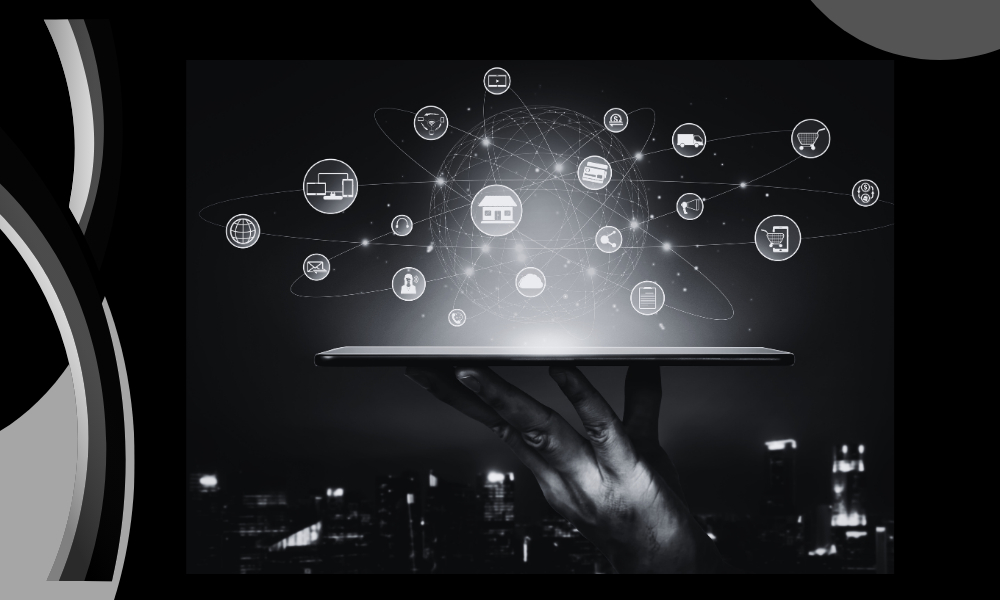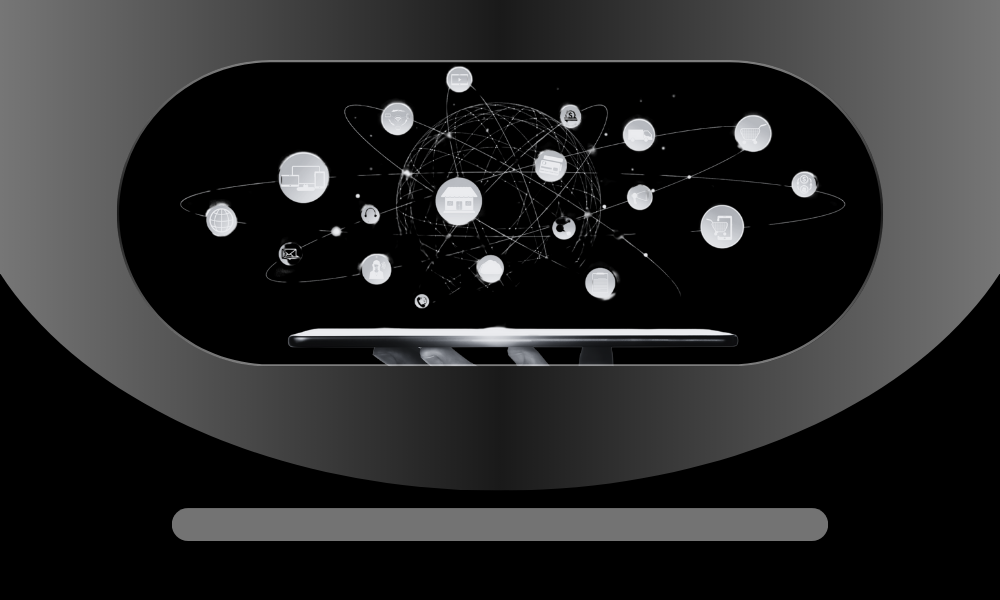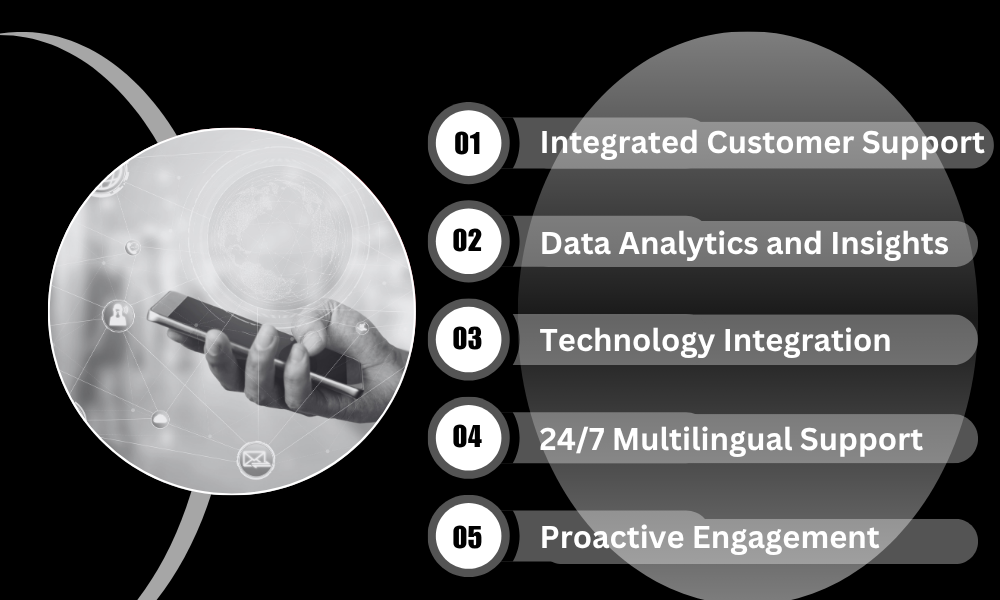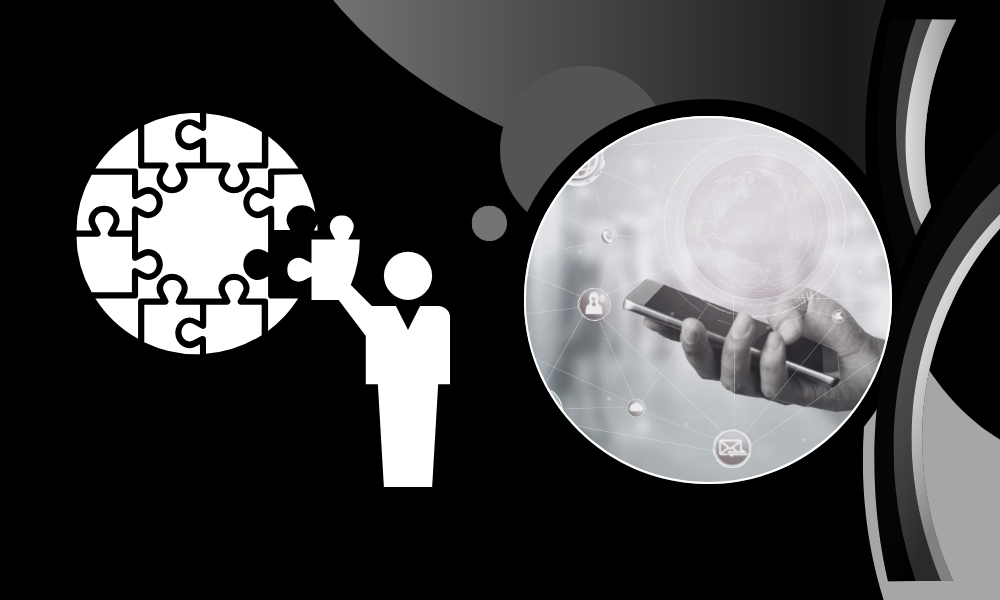Customer experience (CX) has become the cornerstone of business success. With customers interacting with brands across multiple platforms, including social media, email, live chat, phone calls, and more, delivering a seamless and consistent experience is no longer a luxury but a necessity. This has led to the rise of two key strategies in customer experience management: multichannel and omnichannel.
While both approaches aim to enhance customer interactions, they differ significantly in their execution and impact. As businesses increasingly outsource their CX operations to specialized providers, understanding the nuances of these strategies is critical to staying competitive in the evolving landscape of customer service.
Understanding Multichannel and Omnichannel CX
At first glance, multichannel and omnichannel may seem similar, but the distinction lies in how they integrate and unify customer interactions.

Multichannel CX refers to the use of multiple, independent channels to engage with customers. For example, a brand might offer customer support via phone, email, and social media. However, these channels often operate in silos, meaning that interactions on one platform are not connected to others.
While this approach provides customers with multiple ways to reach out, it can lead to fragmented experiences. For instance, a customer might explain their issue over the phone, only to repeat the same details in an email because the two channels aren’t integrated.
Omnichannel CX, on the other hand, takes a more holistic approach. It focuses on creating a unified and seamless experience across all channels. In an omnichannel model, customer interactions are interconnected, allowing for a continuous and consistent journey.
For example, a customer who starts a chat on a website can seamlessly transition to a phone call without having to repeat their issue, as the agent already has access to the conversation history. This level of integration not only enhances customer satisfaction but also improves operational efficiency.
Why Omnichannel is the Future of CX

While multichannel strategies have been the norm for years, the shift toward omnichannel is gaining momentum—and for good reason. Customers today expect more than just multiple touchpoints; they want a cohesive experience that reflects their preferences and history with the brand.
According to a study by Salesforce, 76% of customers expect consistent interactions across departments, and 73% expect companies to understand their unique needs and expectations.
Omnichannel CX meets these demands by breaking down silos and creating a unified ecosystem.
One of the key advantages of omnichannel CX is its ability to provide a 360-degree view of the customer. By integrating data from all channels, businesses can gain deeper insights into customer behavior, preferences, and pain points. This enables them to deliver personalized experiences that resonate with individual customers. For example, an e-commerce company can use omnichannel data to recommend products based on a customer’s browsing history, past purchases, and even interactions with customer support.
Moreover, omnichannel CX fosters customer loyalty. When customers feel understood and valued, they are more likely to return and recommend the brand to others.
A study by Aberdeen Group found that companies with strong omnichannel strategies retain 89% of their customers, compared to just 33% for companies with weak omnichannel strategies.
This highlights the transformative power of a seamless and integrated customer experience.
The Role of Outsourcing in Omnichannel CX

Implementing an effective omnichannel strategy is no small feat. It requires advanced technology, skilled personnel, and a deep understanding of customer behavior. For many businesses, especially small and medium-sized enterprises (SMEs), building an in-house omnichannel CX team can be prohibitively expensive and time-consuming. This is where outsourcing comes into play.
Outsourcing CX operations to specialized providers allows businesses to leverage expert knowledge and cutting-edge technology without the overhead costs. These providers offer a comprehensive suite of omnichannel CX services, including:
- Integrated Customer Support: Seamless support across multiple channels, ensuring that customers receive consistent and personalized assistance regardless of how they choose to engage.
- Data Analytics and Insights: Integrating data from all touchpoints to provide businesses with a holistic view of their customers, enabling data-driven decisions and tailored experiences.
- Technology Integration: Leveraging advanced tools and platforms to unify customer interactions, ensuring smooth transitions between channels and eliminating silos.
- 24/7 Multilingual Support: Offering round-the-clock support in multiple languages to cater to diverse customer bases.
- Proactive Engagement: Going beyond reactive support to proactively engage with customers through personalized outreach, feedback collection, and loyalty programs.
By partnering with a trusted outsourcing provider, businesses can focus on their core operations while leaving the complexities of omnichannel CX to the experts. This not only enhances customer satisfaction but also drives operational efficiency and cost savings.
The Challenges of Transitioning to Omnichannel CX

While the benefits of omnichannel CX are clear, the transition from a multichannel approach is not without its challenges. One of the biggest hurdles is data integration. Combining data from disparate sources—such as CRM systems, social media platforms, and email—requires robust technology and expertise. Without proper integration, businesses risk creating more silos rather than breaking them down.
Another challenge is maintaining consistency. In an omnichannel model, every interaction must align with the brand’s voice, values, and customer expectations. This requires meticulous planning, training, and quality control. For example, a customer who receives a formal response via email but a casual reply on social media may feel confused or undervalued.
Finally, there’s the issue of scalability. As businesses grow, so do their customer interactions. An omnichannel strategy must be able to scale seamlessly, accommodating increasing volumes of data and interactions without compromising quality. This is where outsourcing can make a significant difference. With scalable solutions and expertise, outsourcing providers can help businesses navigate these challenges and achieve a successful transition to omnichannel CX.
Real-World Examples of Omnichannel Success

To illustrate the power of omnichannel CX, let’s look at a few real-world examples.
- Starbucks: The coffee giant’s mobile app is a prime example of omnichannel success. Customers can order and pay through the app, earn rewards, and receive personalized offers—all while enjoying a seamless experience across in-store and online interactions.
- Disney: Disney’s MagicBand system integrates theme park visits, hotel stays, and dining reservations into a single, unified experience. Guests can use the band to access rides, unlock hotel rooms, and make purchases, creating a frictionless journey.
- Sephora: The beauty retailer’s omnichannel strategy includes a mobile app, in-store kiosks, and virtual try-on tools. Customers can browse products online, book in-store appointments, and receive personalized recommendations based on their purchase history.
These examples demonstrate how omnichannel CX can transform customer interactions, driving loyalty and revenue growth. By adopting a similar approach, businesses of all sizes can unlock the full potential of their customer experience strategies.
Why Outsourcing is the Key to Omnichannel Success

When it comes to implementing an omnichannel strategy, outsourcing offers several advantages. First, it provides access to specialized expertise and technology that may be difficult to develop in-house. Second, it allows businesses to scale their CX operations quickly and efficiently, adapting to changing customer demands. Finally, outsourcing reduces the burden on internal teams, enabling them to focus on strategic initiatives rather than day-to-day customer support.
Outsourcing providers bring a wealth of experience in managing complex CX operations, ensuring that businesses can deliver consistent and high-quality experiences across all channels. Whether it’s integrating data, training agents, or implementing advanced analytics, these providers have the tools and knowledge to help businesses succeed in the omnichannel era.
CONCLUSION
The future of customer experience lies in omnichannel strategies that deliver seamless, personalized, and consistent interactions across all touchpoints. While multichannel approaches have their place, they are no longer sufficient to meet the evolving expectations of today’s customers. By outsourcing your CX operations to a trusted provider, you can unlock the full potential of omnichannel CX, driving customer loyalty, operational efficiency, and business growth.
Ready to transform your customer experience? Partner with Trupp Global and take the first step toward a seamless, omnichannel future. Let’s create exceptional experiences together!






